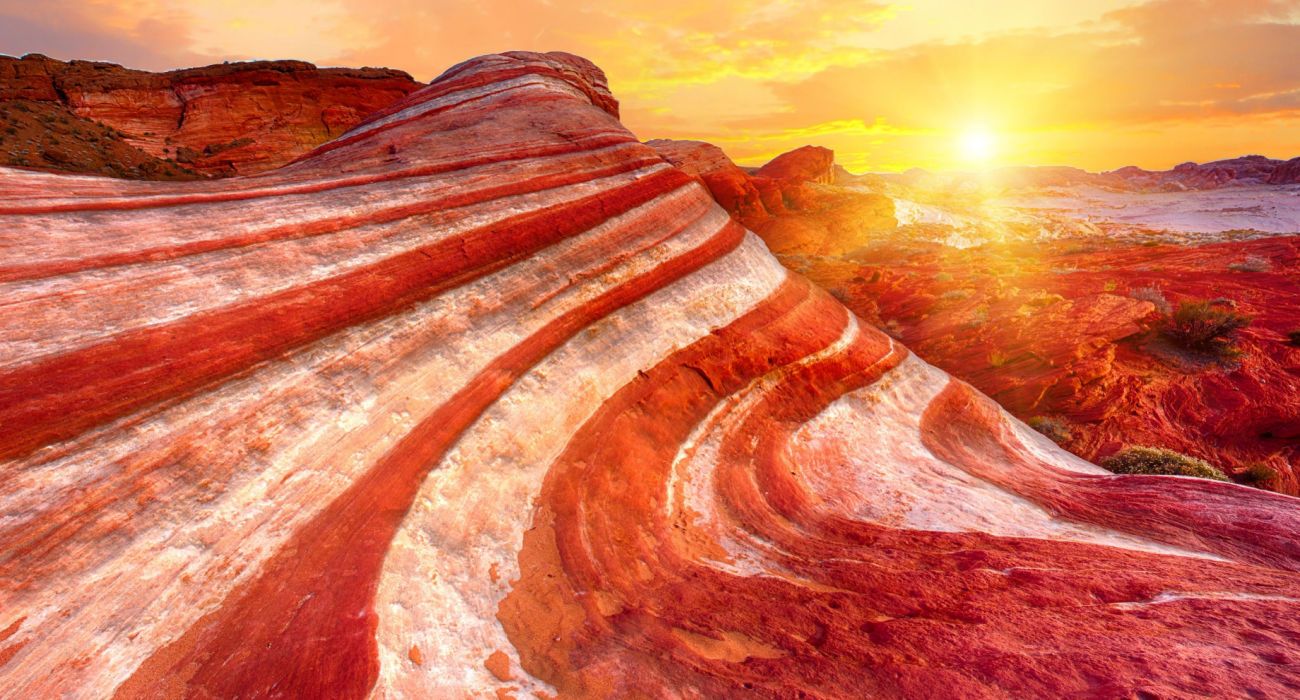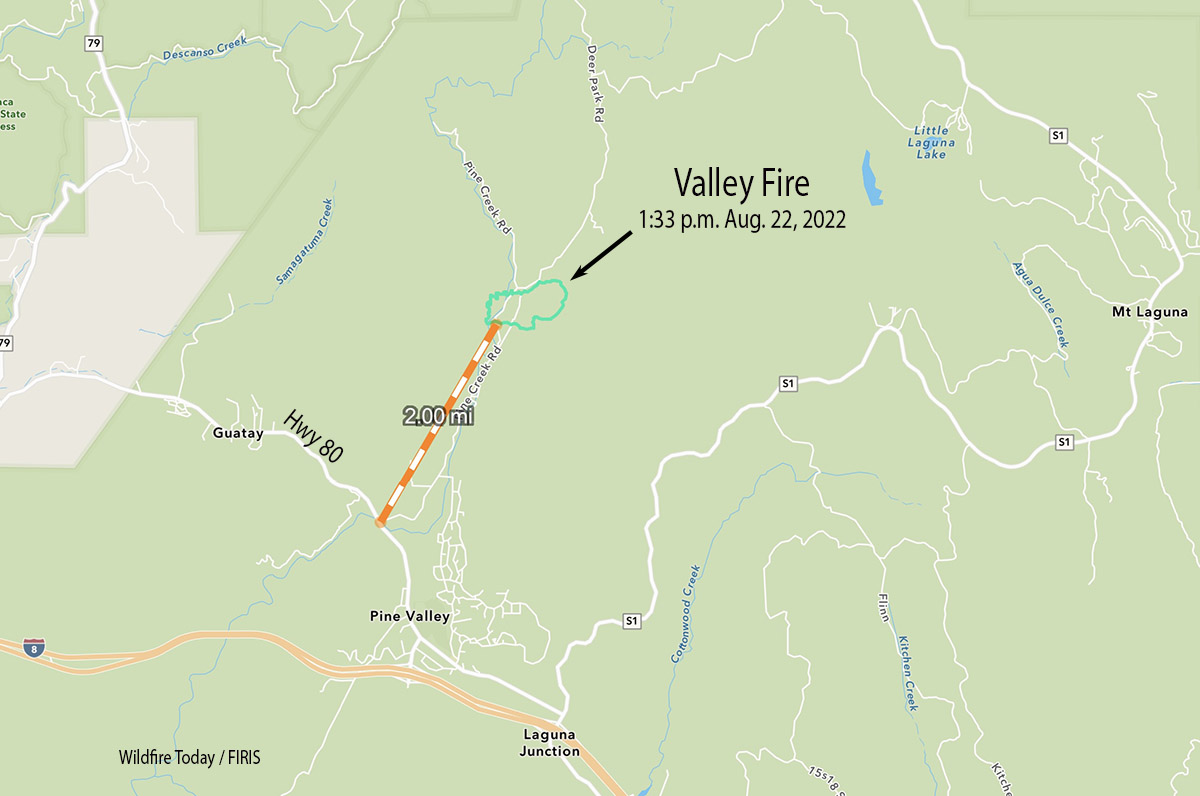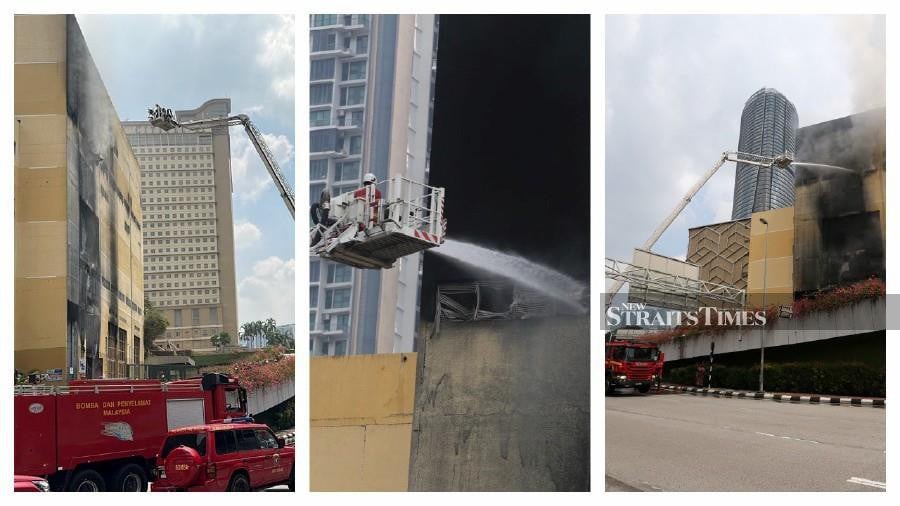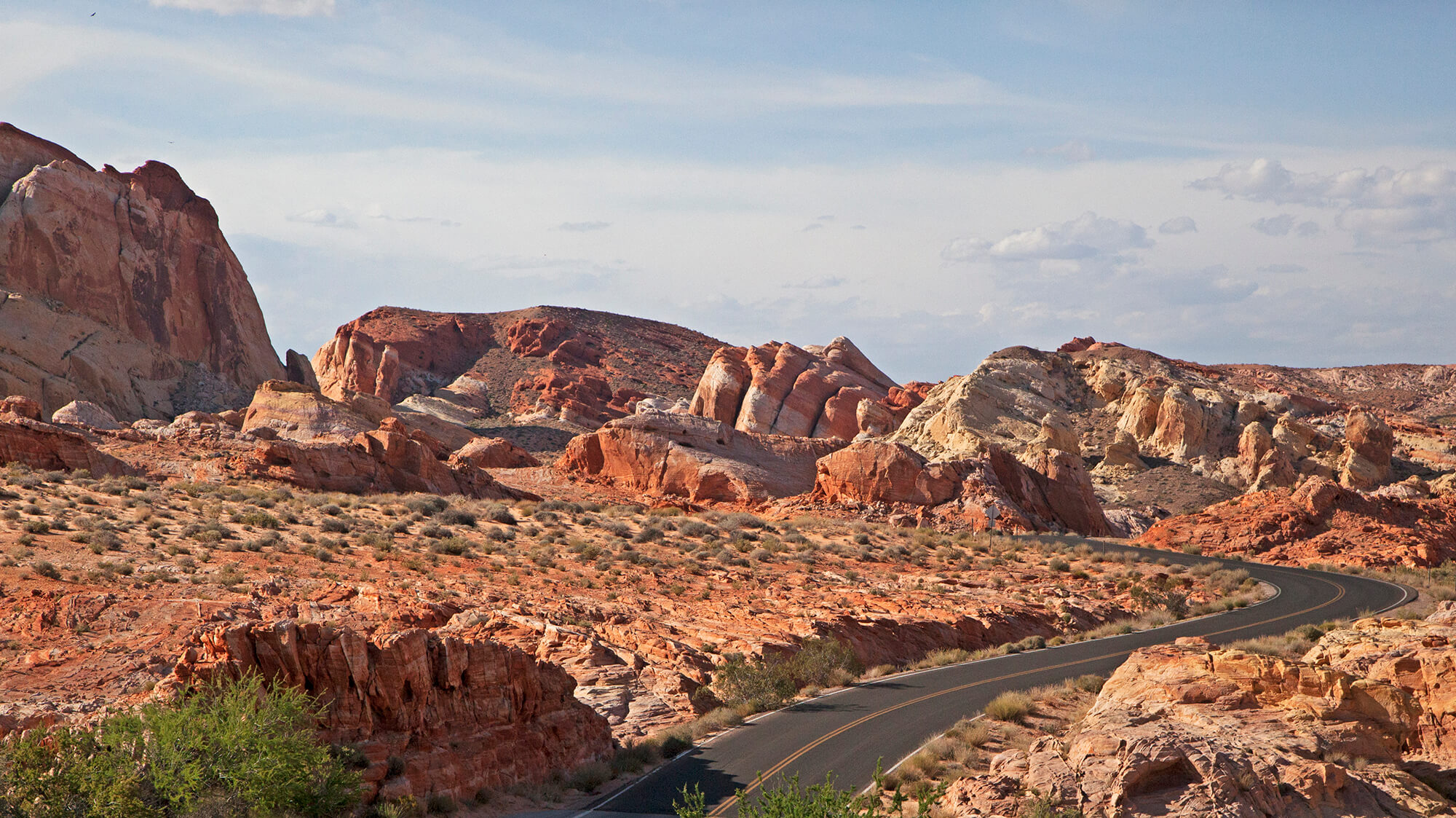Key Takeaways
- The Valley of Fire is Nevada’s oldest state park, renowned for its stunning red sandstone formations.
- Visitors can explore a variety of hiking trails, ancient petroglyphs, and unique geological features.
- Ideal for photography, the park offers breathtaking views, especially during sunrise and sunset.
- Understanding the park’s history and geology enhances the visitor experience.
- Practical tips for visiting include best times to visit, necessary preparations, and park regulations.
Introduction

Nestled in the Mojave Desert, the Valley of Fire stands as a testament to the awe-inspiring power of nature. As Nevada’s oldest and largest state park, it offers a mesmerizing landscape filled with vibrant red sandstone formations, ancient petroglyphs, and a rich tapestry of history. This article delves into the captivating allure of the Valley of Fire, providing visitors with a comprehensive guide to exploring its many wonders.

The Geological Marvel of Valley of Fire
The Valley of Fire’s striking landscape is primarily composed of Aztec sandstone, which dates back to the age of the dinosaurs. Over millions of years, natural forces such as wind and water erosion have sculpted the rock into the stunning shapes we see today. The vivid red hues, which give the park its name, are due to iron oxide, which colors the rock formations.

Among the park’s most iconic features are the Elephant Rock, Arch Rock, and the Beehives, each offering unique photo opportunities and insights into the geological processes that shaped them. The park’s geology not only captivates visitors but also provides an invaluable record of prehistoric environments and ecosystems.
Hiking Trails and Outdoor Adventures
The Valley of Fire is a haven for outdoor enthusiasts, boasting a network of hiking trails that cater to all levels of experience. Some of the most popular trails include:
- Fire Wave Trail: A moderate 1.5-mile round trip that rewards hikers with a stunning view of the park’s famous wave-like rock formations.
- White Domes Trail: A 1.25-mile loop featuring slot canyons, unique rock formations, and remnants of old movie sets.
- Rainbow Vista Trail: Perfect for beginners, this short trail offers panoramic views of multicolored sandstone formations.
In addition to hiking, the park offers opportunities for camping, picnicking, and wildlife viewing. Visitors may encounter desert bighorn sheep, lizards, and a variety of bird species as they explore the park’s diverse habitats.
Unveiling Ancient History: Petroglyphs and Cultural Significance
The Valley of Fire is not only a natural wonder but also a site of significant cultural heritage. The area was once home to the Ancestral Puebloans, who left behind an array of petroglyphs etched into the rock surfaces. These ancient artworks provide a glimpse into the lives and beliefs of the people who inhabited the region thousands of years ago.
Key sites for viewing petroglyphs include Atlatl Rock and Mouse’s Tank, where visitors can see intricate carvings depicting animals, human figures, and abstract patterns. These petroglyphs are considered sacred by indigenous communities and are protected by law, so visitors are urged to respect these cultural treasures.

Photography in the Valley of Fire
For photographers, the Valley of Fire offers an unparalleled canvas of colors and textures. The best times to capture the park’s beauty are during the golden hours of sunrise and sunset when the sun casts a warm glow over the landscape. Key photography spots include:
- Elephant Rock: Its unique shape and location make it a favorite among photographers.
- Fire Wave: The swirling patterns and vibrant colors create stunning compositions.
- Rainbow Vista: Offers expansive views that are perfect for wide-angle shots.
Whether you’re an amateur or a professional photographer, the Valley of Fire provides endless opportunities to capture the magic of the desert.

Planning Your Visit: Tips and Recommendations
To make the most of your visit to the Valley of Fire, consider the following tips:
- Best Time to Visit: The park is open year-round, but the most pleasant weather occurs during the spring and fall months when temperatures are moderate.
- What to Bring: Essential items include plenty of water, sunscreen, a hat, sturdy footwear, and a camera.
- Park Regulations: Stay on designated trails, respect wildlife, and do not disturb petroglyphs or rock formations.
By following these guidelines, you can ensure a safe and enjoyable experience while preserving the park’s natural beauty for future generations.
The Valley of Fire is a destination that captivates the imagination with its breathtaking landscapes and rich history. Whether you’re drawn to its geological wonders, cultural significance, or outdoor adventures, the park offers something for everyone. As you explore this natural treasure, you’ll gain a deeper appreciation for the forces that shaped it and the cultures that have called it home. Plan your visit today and discover the timeless beauty of the Valley of Fire.